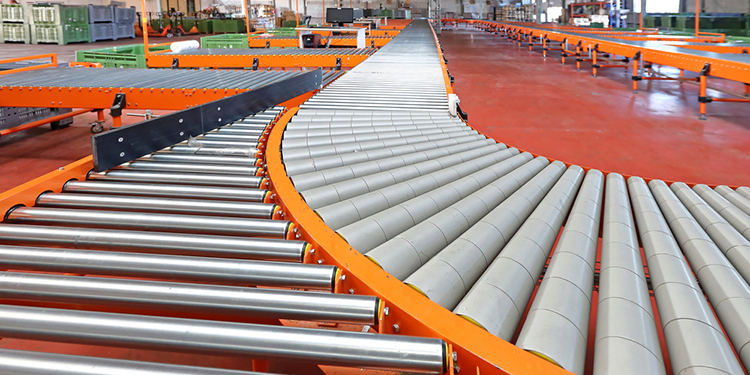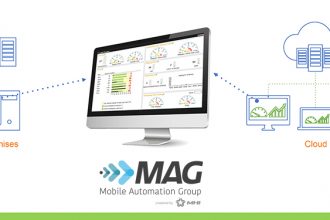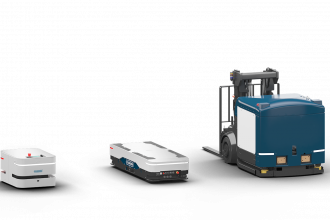Learn More About Different Automated Sortation And Conveyor Systems With New Handbook

The world of automated sortation and conveyor systems encompasses a broad range of equipment and solutions that can be configured in a variety of ways to support a multitude of material handling and transport needs. To overview the many ways these technologies efficiently move materials within retail, wholesale, distribution and manufacturing operations — as well as to provide an introduction to the different applications and components — the Conveyors and Sortation Systems (CSS) Industry Group of MHI has released a new publication: Introduction to Conveyor and Sortation Systems.
The document details the differences between conveyor and sortation systems, including how and where each are used and the benefits of an implementation. Conveyors are defined as being intended for movement of materials, products and loads throughout an operation in horizontal, inclined or vertical directions. Sorters are deployed to separate and route items within a facility, merging, identifying, inducting and conveying them to specific destinations.
Further, the publication outlines the wide assortment of industries utilizing both automated sortation and conveyor systems, including aerospace, airport baggage handling, appliance, automotive, consumer goods, e-commerce, electronics, food, materials processing, parcel, postal, pharmaceuticals, recycling, retail, transportation, warehousing, distribution and waste management.
Illustrated are the different types of conveyors and sortation components available, giving readers a visual glossary of the technologies. Descriptions and depictions include:
- Gravity conveyors, which feature an incline to use the force of gravity or of a person to push the load along their surfaces, such as chute conveyors, gravity roller conveyors, and gravity wheel conveyors.
- Powered conveyors, which are driven by either an electric or pneumatic power system that powers motors and drives, such as accumulation conveyors, belt conveyors, chain conveyors, platform conveyors, and slat conveyors.
- Specialized conveyors, which are typically found in manufacturing and materials processing applications, such as vertical reciprocating conveyors (VRCs) which transfer loads from one level to another, and tow conveyors that utilize a cable embedded in the floor to pull wheeled load carriers.
- Sortation components include: deflectors that make contact with a product to re-direct its flow; mechanical diverters that push, pull or move an item off the main conveyor line; pop-up or in-line diverters integrated into the main conveying surface and rise up to change load movement direction; shoe sorters with independently operated devices that travel across the slat surface to push a load off the main conveyor line; tilt-tray sorters that tip to discharge a load; cross-belt sorters with individual segments of motorized conveyor that propel loads off their surface; and Activated Roller Belts™ that combine free spinning angled rollers with a modular plastic conveyor belt to propel products in one direction or another.
Additionally, the document offers a list of best practices for maintaining conveyors and sortation systems in peak operating condition, as well as a detailed list of recommended safety measures, labels and signage to ensure personnel working around this equipment take proper precautions.
Want to learn more? Download Introduction to Conveyor and Sortation Systems for free.



